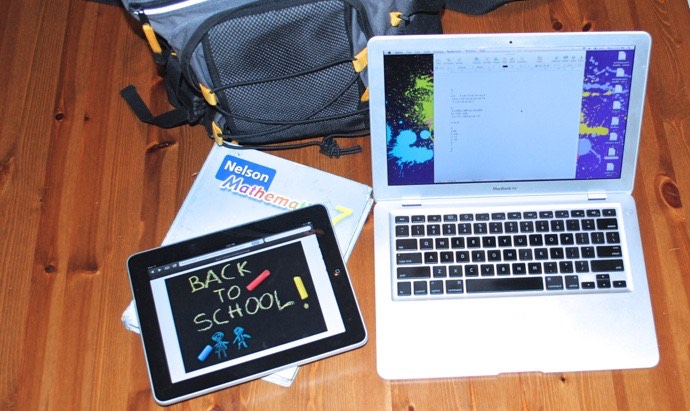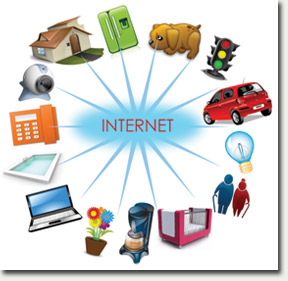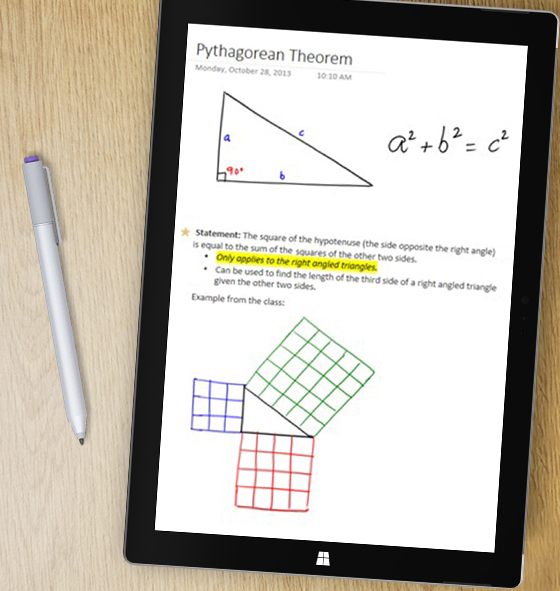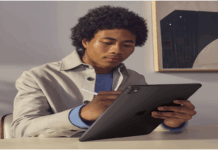
I may be revealing my age here, but when I was a kid, The Jetsons was one of my favourite cartoons. The animated classic gave us a glimpse at a potential future where chairs pop up when you need them while your environments responded to, and even anticipated, your every need. They also had a talking dog.
Today in the non-animated world, more and more of our gadgets, appliances and devices are connecting to the Internet and ushering us into a new era of convenience and efficiency that may be very similar to some of the things we saw on The Jetsons. The term being used for all this online connectivity and connectedness is The Internet of Things (IoT), and it’s a fascinating subject Tom’s been on the blog. We still don’t have talking dogs, though … which is a real shame. But while the Internet of Things seems like it could really offer a whole new way to experience, manipulate and save time in our homes, offices and daily lives, how will it eventually affect students and how we educate?

What is The Internet of Things?
Originally coined by an engineer named Kevin Ashton in 1999, the term Internet of Things is a concept that at its core refers to any device connected to the Internet or a network that can be monitored or controlled by a user. But really, when anyone uses the term they are speaking more generally about Jetsons-like scenarios where your washing machine alerts your smartphone that the laundry is ready, or a stove being able to monitor the contents of your fridge, so it can offer an appropriate recipe. If I had a stove like that I’d be interested in what it could possibly devise from the jar of mustard, five-day-old Chinese food leftovers and unidentifiable brown stuff in a Tupperware container that currently occupy my own fridge. Hopefully it would also be able to connect to 911, because Food Poisoning Casserole is the only recipe I can imagine.
The Future Is Now
Even though it seems like this technology is futuristic, it’s actually here, and there are many examples of it in action everywhere. Have any of your friends posted their latest jogging foray on Facebook? They were likely using a GPS-enabled wearable that tracked their movement, heart rate, time and route, then posted it on social media so friends and family can presumably say “yay, you went jogging! Don’t I feel like a lazy couch potato now.” But aside from all the fitness trackers, there are also gadgets like the Nest thermostats that learn from your habits and control the temperatures around your home. Televisions, smartphones and video game consoles are all part of the Internet of Things. And this is all just the proverbial tip of the iceberg. The potential for how this can transform our lives and society is pretty huge.

In The Classroom
All the current talk about the Internet of Things mostly centres on entertainment and how it can offer efficiency and convenience in our everyday lives. But the growing trend toward connectivity could greatly alter the way students learn and behave and interact in the classroom.
Imagine that every student has a computer chip-embedded “smart wristband” instead of a student ID. When they enter a classroom, a sensor could automatically take attendance and tick them off a list as present. No more listening to a substitute teacher butcher your name and inadvertently christen a new and unflattering nickname for the rest of the term. After you take your seat, maybe the wristband also monitors your heart rate and stress levels. Teachers could use that data to determine if a student is struggling with a concept, assignment or test. The device could also be paired with a student’s smart pad, as well. The wristband could trigger a hint to appear on a test if the student takes too long on a particular question. Maybe the device is also fitted with a vibrating feature, so a daydreaming student staring out the window could be brought back into focus by the teacher without having to throw chalk at them or humiliate them in front of the rest of the class. The wrist band could also be connected to an online account, and parents could add money that students could only use by “swiping” their wristband at a kiosk for on-campus purchases. No longer will money that’s been earmarked for books go towards beer and a new PlayStation game for the roomies. Or imagine every desk is actually a touch screen table top and the chalk board is a full HD connected Smart TV. Teachers can look at what their students are doing right from their own connected desktop, or show stuff off on the big screen. Maybe passing notes in class will be as easy as sliding it off your desk screen and it appears in front of the cute little girl with the red hair who sits three desks back. No more unreliable third parties. Those things are not as far off as you would think, because the Internet and growing online connectivity has already started to transform the classroom experience.
Classroom Connectivity Today
When I was a kid, you couldn’t access the library or similar resources except for during certain hours, but today kids can jump on a computer and do their research anytime they want. Even on the go they can access the Internet on their smartphones and look up anything on any subject. And with computers in the classroom, students can watch live events unfold on web cams, have interactive web chats with educators and special speakers from around the world, and collaborate in whole new ways. They can share documents instantly, work on projects together over the internet from their respective homes, and present them in dynamic and interactive ways. And who knows what future generations of learners will be able to accomplish if educators can utilize the potential of the to more efficiently teach and inspire the students of tomorrow.
Maybe one day I will get that talking dog.



